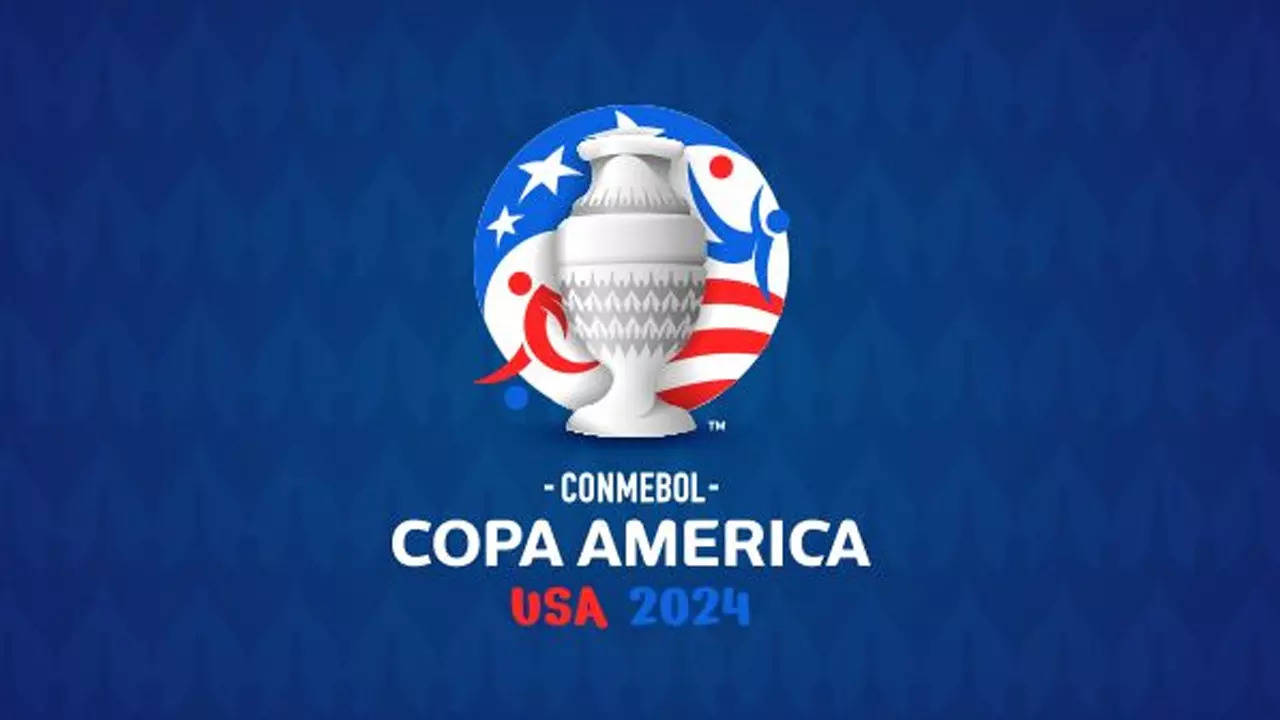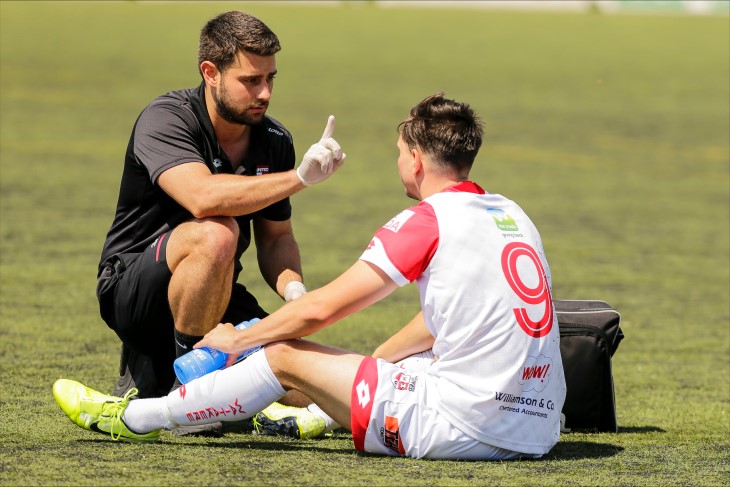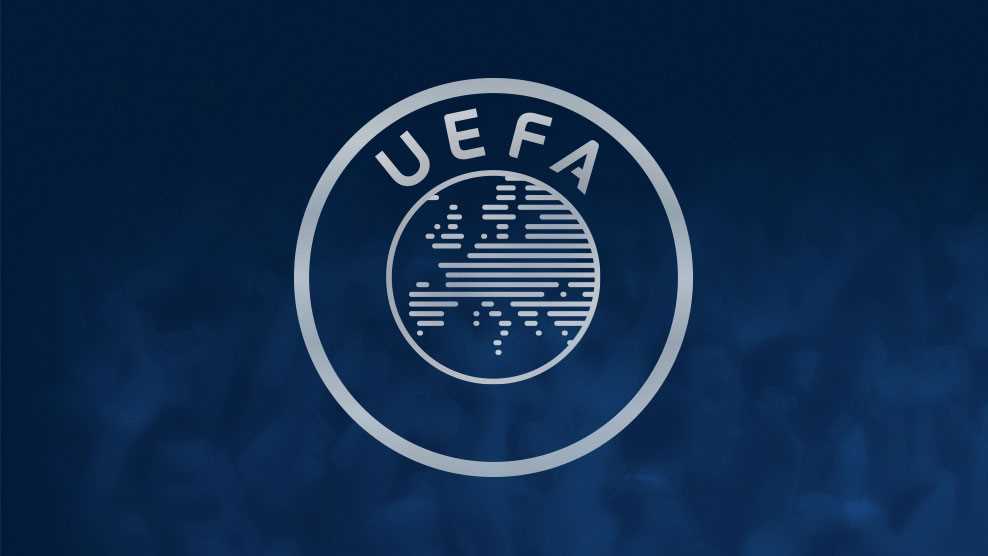During an international tournament this summer, referees will introduce a pink card for footballers.

Unlike the traditional use of cards for rule violations or player ejections, this new card will be implemented for health-related substitutions.
This summer, the football world will witness a pivotal shift in player safety protocols with the introduction of the pink card at Copa América 2024.

Set against the backdrop of intense competition and international fanfare, this innovative rule will be implemented to address head injuries and concussions, marking a significant evolution in the sport’s approach to health and safety.
The Genesis of the Pink Card

The idea of the pink card emerged from ongoing discussions within CONMEBOL, the South American football governing body, about enhancing player safety.

The alarming increase in sports-related concussions has been a growing concern, prompting sports organizations worldwide to reevaluate their safety measures.
Traditionally, football has utilized yellow and red cards to manage player behavior and discipline on the field.

The introduction of the pink card, however, shifts focus from punishment to protection, emphasizing the sport’s commitment to the health of its players.
The Function and Significance of the Pink Card
Unlike the red and yellow cards, which signify fouls and potential ejections, the pink card serves a protective purpose.
It will be used by referees to pause the game immediately if a player suffers or is suspected of suffering a head injury.

The primary goal is to ensure that the affected player receives prompt medical evaluation and care, minimizing the risk of further injury.
In the context of Copa América 2024, the pink card rule allows teams to make a sixth substitution specifically for players who suffer head injuries—this is in addition to the standard five substitutions already permitted.

This rule aims to prevent players from continuing the game after a concussion, which could exacerbate their condition.
Moreover, to maintain fairness, if one team uses this additional substitute, the opposing team is also allowed to make an extra substitution.
Operational Details of the Pink Card
During the tournament, which kicks off on June 20, 2024, in the United States, referees will have the new responsibility of monitoring potential head injuries more closely.

Upon suspicion of a concussion, either observed by the referee or reported by a player or coach, the referee will show the pink card to the injured player, signaling the need for immediate medical attention and substitution.
The process involves the team’s medical staff quickly assessing the player on the sidelines using the SCAT5, a standardized tool for evaluating concussions.

If a concussion is confirmed or suspected, the player cannot return to the match and must undergo further medical assessment in the locker room or a medical facility.
This protocol ensures that the decision to remove a player from the game is based on health considerations rather than competitive strategy.
The Broader Impact on Player Health and Safety
The introduction of the pink card at Copa América 2024 reflects a broader trend in sports toward prioritizing athlete health over game outcomes.

It acknowledges the critical need for immediate and effective responses to head injuries, which, if untreated, can have devastating long-term effects on players’ physical and cognitive health.

This initiative is part of a larger movement within football to adopt more rigorous health protocols, influenced by advances in medical science and heightened awareness of the dangers of sports-related injuries.
Community and Player Reactions

The reaction to the pink card rule has been largely positive, with many players, coaches, and health professionals applauding CONMEBOL for its proactive stance on player safety.
“It’s a step forward in protecting our players,” noted a renowned coach from one of the participating teams.
Players have expressed relief at the rule, feeling more secure knowing that their health is being taken seriously.
However, some critics argue that the rule could disrupt the flow of the game and may be subject to manipulation for tactical advantages.

To mitigate these concerns, CONMEBOL has established strict guidelines on the use of the pink card, ensuring that it is reserved solely for genuine health emergencies.
Comparative Analysis with Other Sports
The concept of a pink card is not entirely new in the world of sports.
Similar protocols have been implemented in rugby and American football, where concussion awareness is highly advanced.
These sports have long used medical timeouts and specific concussion substitutes to manage head injuries effectively.
Football’s adoption of the pink card is seen as catching up to these standards, setting a new benchmark for international football tournaments.
Global Perspectives on Concussion Management
Looking at global sports, the movement towards better concussion management reflects a growing recognition of the importance of player health.

In the NFL, for instance, the concussion protocol has been continuously refined to ensure players receive the best possible care.
Comparatively, rugby has instituted mandatory rest periods for players diagnosed with concussions, emphasizing the need for adequate recovery.
Future Implications for Global Football
As Copa América 2024 sets the stage for this significant change, the success of the pink card could influence other football bodies, including UEFA and FIFA, to consider similar measures.

The global impact of this rule could lead to more uniform standards for handling concussions across all levels of football, enhancing player safety worldwide.
Conclusion
The introduction of the pink card in Copa América 2024 is a landmark moment in football history.
It represents a shift from viewing injuries as mere interruptions to treating them as critical health concerns.
As teams prepare for the tournament, the pink card stands as a testament to the evolving nature of sports—a move towards a safer, more conscientious approach to athlete health.
This new rule not only highlights the importance of immediate medical intervention but also paves the way for more informed and health-conscious modifications in the sport’s regulatory framework.

